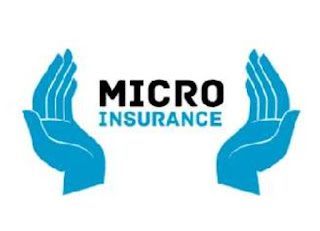Microinsurance
Microinsurance
It refers to insurance products designed specifically for low-income individuals and families. These products offer essential financial protection against various risks at an affordable cost in exchange for regular premium payments appropriate to the likelihood and cost of the risk involved.
The main aim of microinsurance is to providing solutions that help low-income people manage the hazards of life.
Similar to regular insurance, microinsurance is available for a wide variety of risks, including health, term life, death, disability, and even farming-related insurance risks for crops and livestock.
Typically, there are four main methods for delivering microinsurance: the provider-driven model, the full-service model, the community-based model, and the partner-agent model.
Developing countries often use microinsurance products. Many emerging markets are widening the reach of insurance services to those segments of the population that have remained underserved.
Microinsurance is not confined to any specific product or product line or a specific provider type. It covers a wide variety of risks basically any risk insurable and appropriate in terms of affordability and accessibility to low-income households.
Microinsurers have increasingly turned to innovation to tailor products to accommodate the needs of their low income target market. Credit-life and funeral (burial) products are reportedly the most common types of microinsurance.
Microinsurers continue to explore ways to significantly increase the number of low-income households that have access to insurance (insurance inclusion).
#benewinsurance #insurtech #inclusiveinsurance #insurance #reinsurance #takaful




Comments
Post a Comment
Thank you for making this valuable comment.